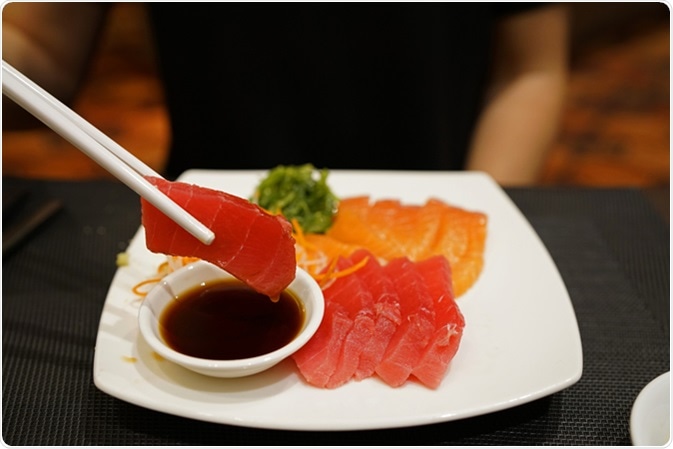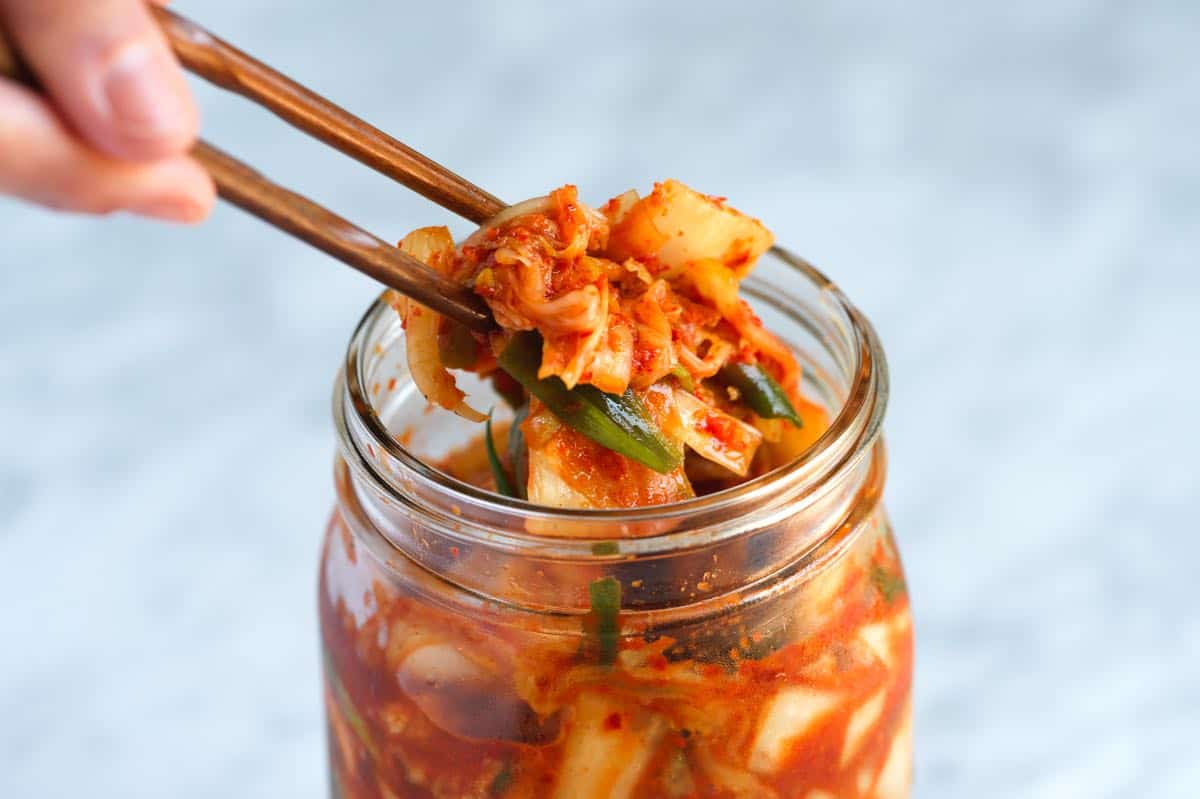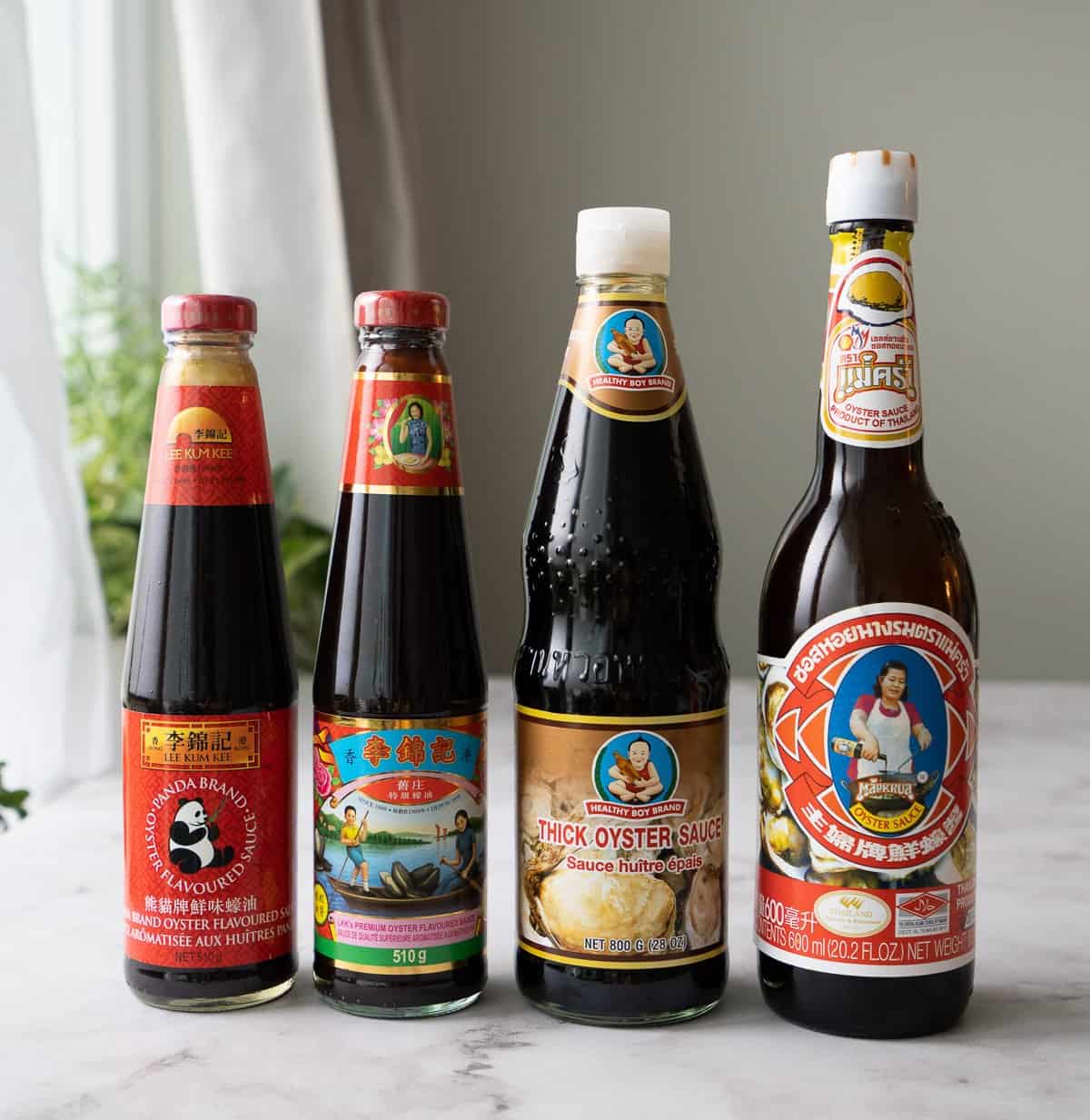– Kimchi is a traditional Korean dish made by fermenting cabbage or other vegetables with seasonings and spices.
– The most common type of kimchi is made with Napa cabbage, but there are variations like radish or cucumber kimchi.
– The taste of kimchi can vary depending on the recipe and fermentation time.
– Generally, the longer it ferments, the stronger and more sour the flavor becomes.
– Kimchi has a tangy and spicy flavor profile that can pack quite a punch in terms of heat.
– The balance between spicy heat and sourness makes for an addictive combination.
– The main ingredients of kimchi are cabbage, garlic, ginger, chili peppers, fish sauce, or salted shrimp paste.
– The fermentation process gives kimchi a slightly sour taste that complements its spiciness.
– The spice level can vary, with some kimchi being mild while others are fiery hot.
– Kimchi has a distinct flavor due to its combination of spices and fermented ingredients.
– It has a crunch factor that sets it apart from other condiments.
– Kimchi is known for its umami and salty undertones.
– White kimchi is a variation of traditional kimchi made with Napa cabbage but without chili pepper flakes. It has a slightly sweet and sour taste.
– White kimchi often contains ingredients like garlic, ginger, vinegar, pear, or apple for added sweetness.
– Cucumber kimchi is made by soaking cucumbers in a mixture of saltwater, garlic, ginger, and chili flakes (optional). It is tangy and refreshing.
– Cucumber kimchi can also include other vegetables like radishes or carrots for added crunch.
– Baek-kimchi, or “white kimchi,” is a mild version of cabbage kimchi. It is made with cabbage, radish, carrot, and sometimes pear, but does not include chili pepper flakes. It has a tangy and slightly sweet taste.
– Kimchi is versatile and can be enjoyed on its own as a snack or paired with other foods.
– One serving suggestion is to add kimchi to rice dishes for added flavor.
– Kimchi can also be added to sandwiches for extra flavor and texture.
Continue Reading


